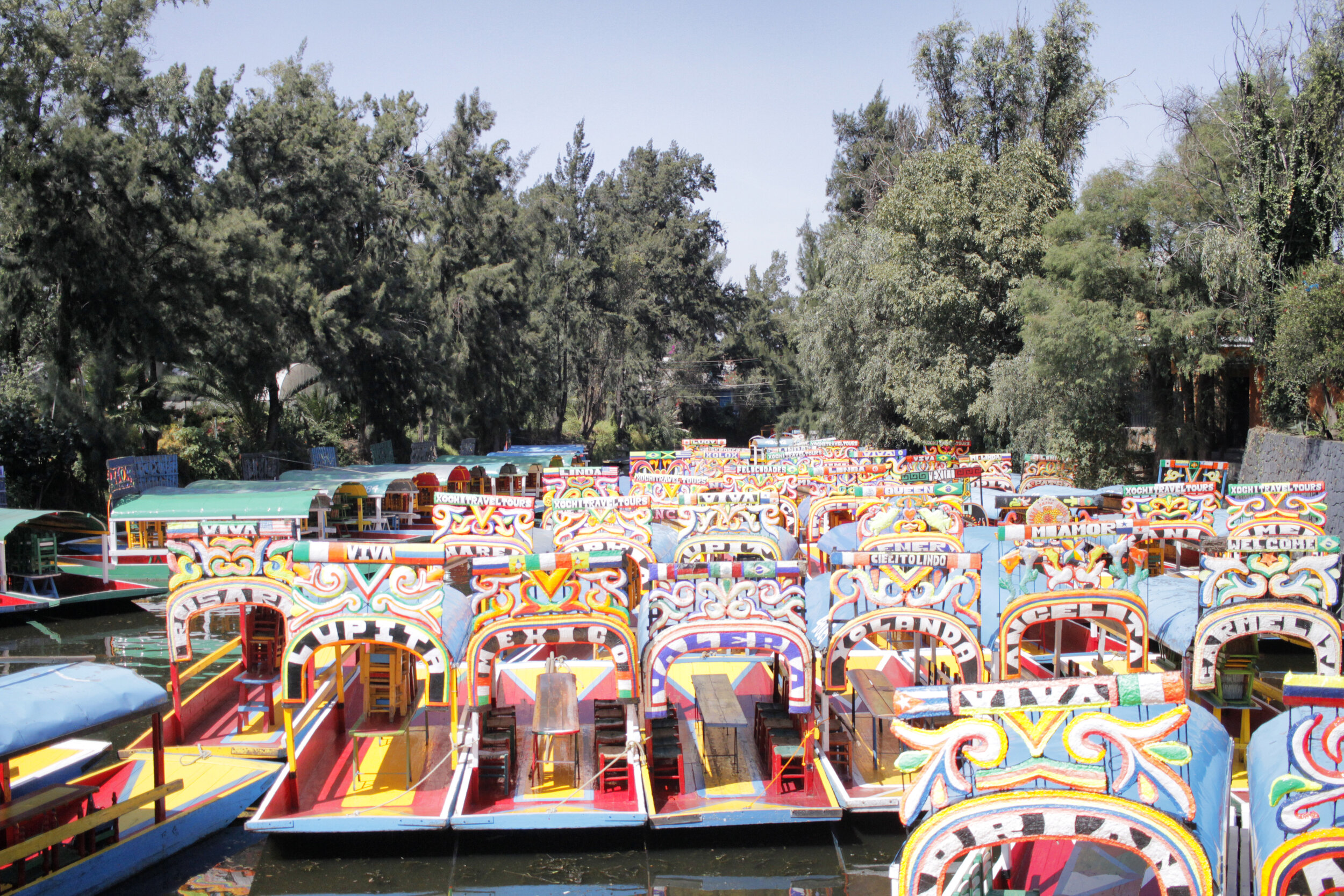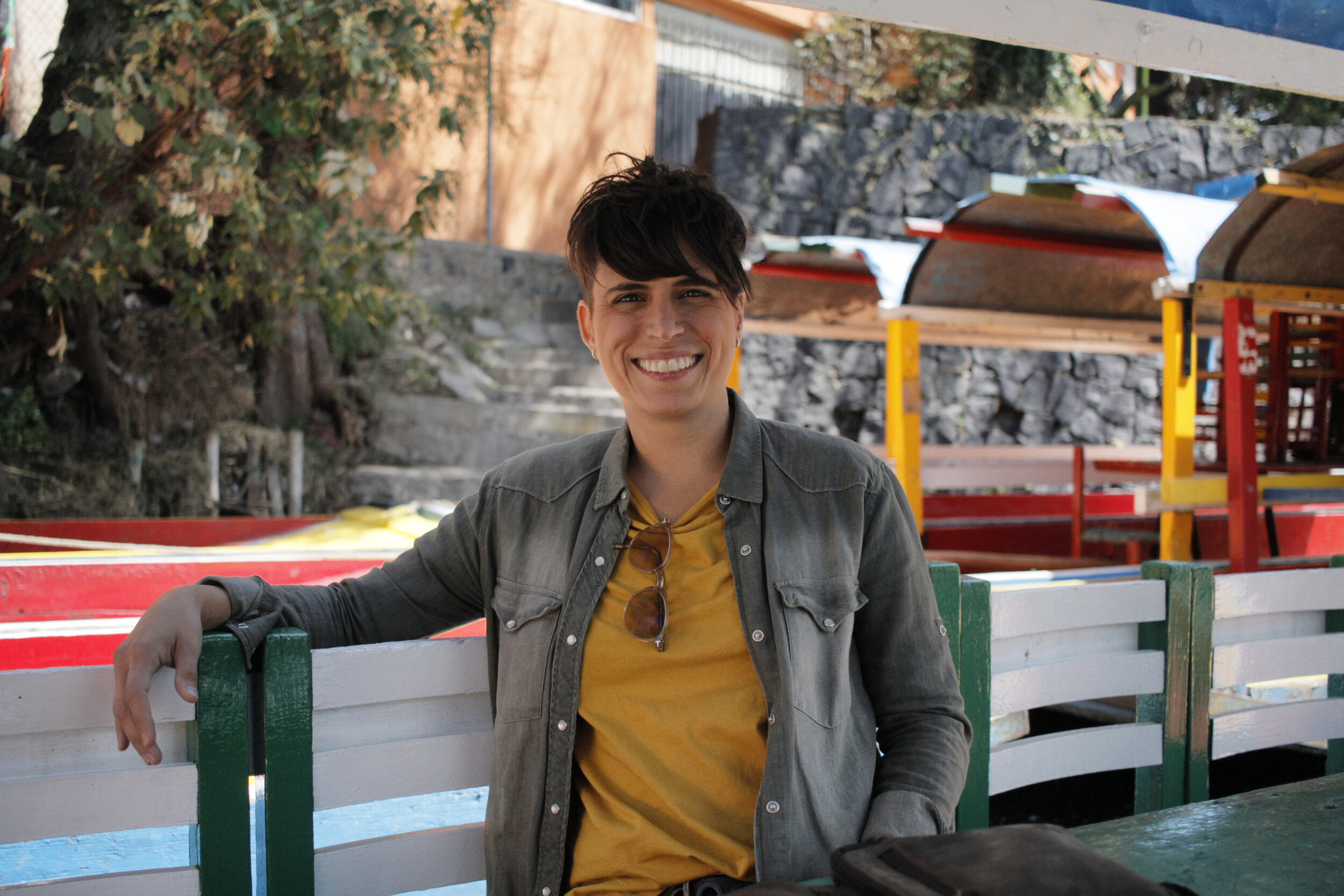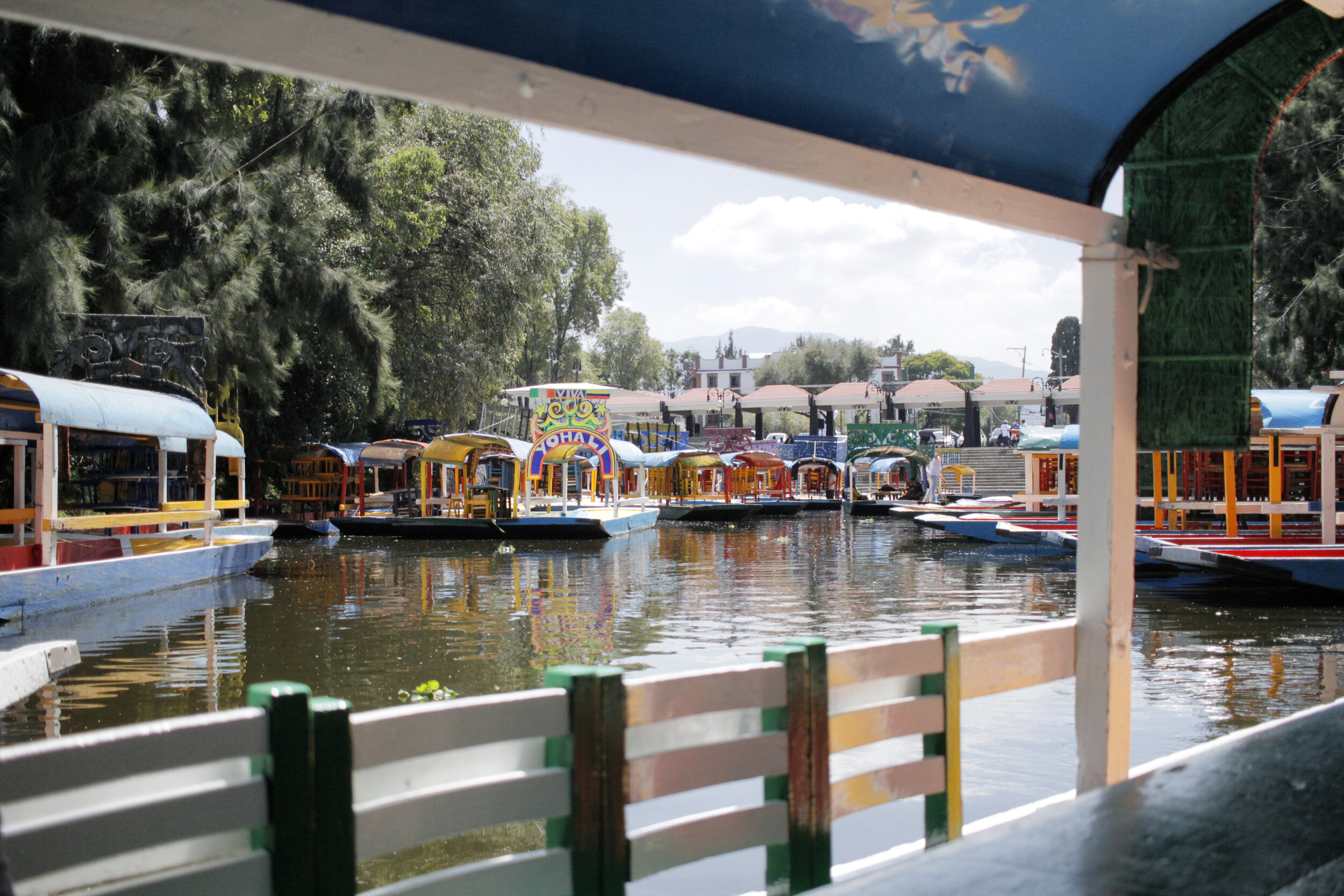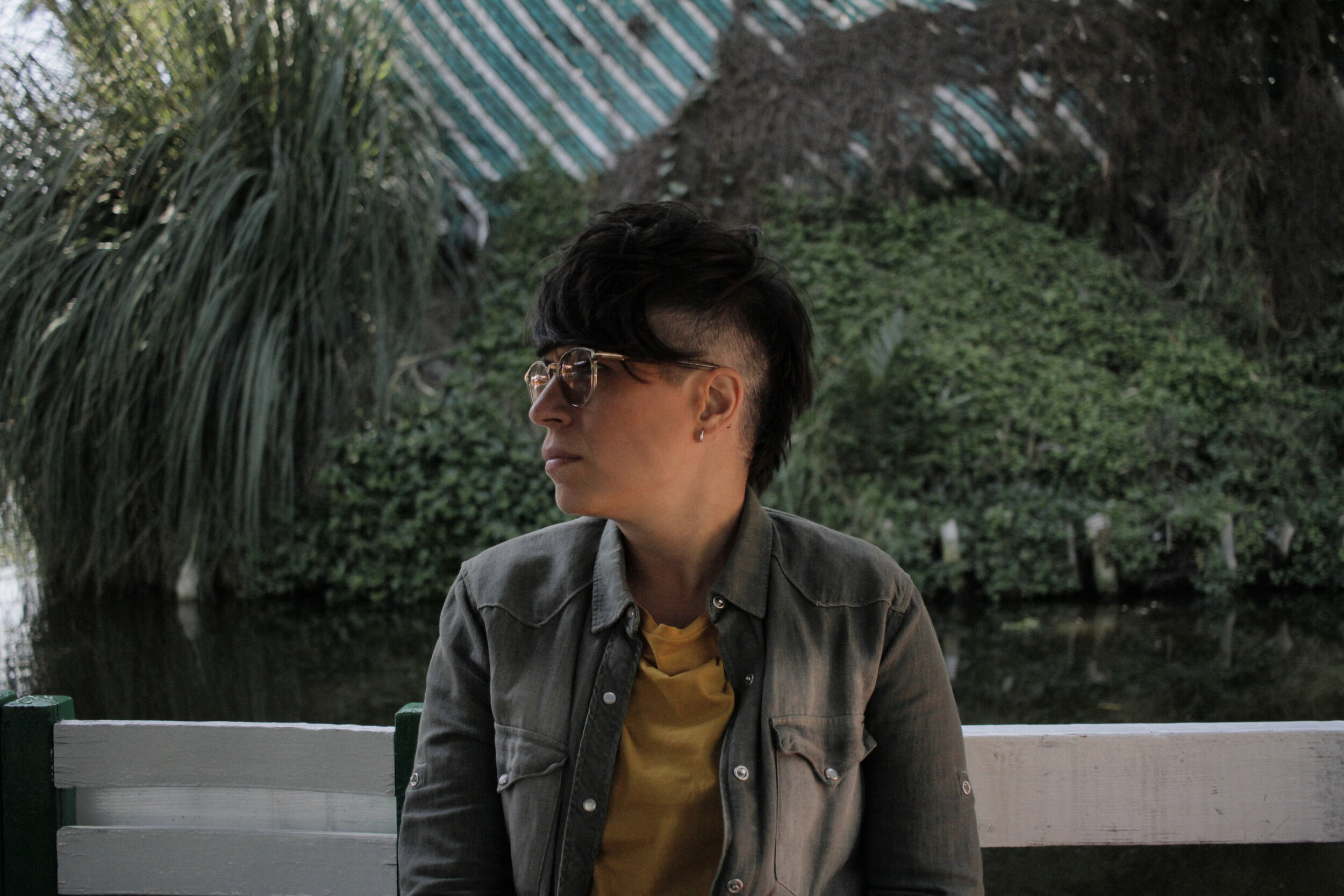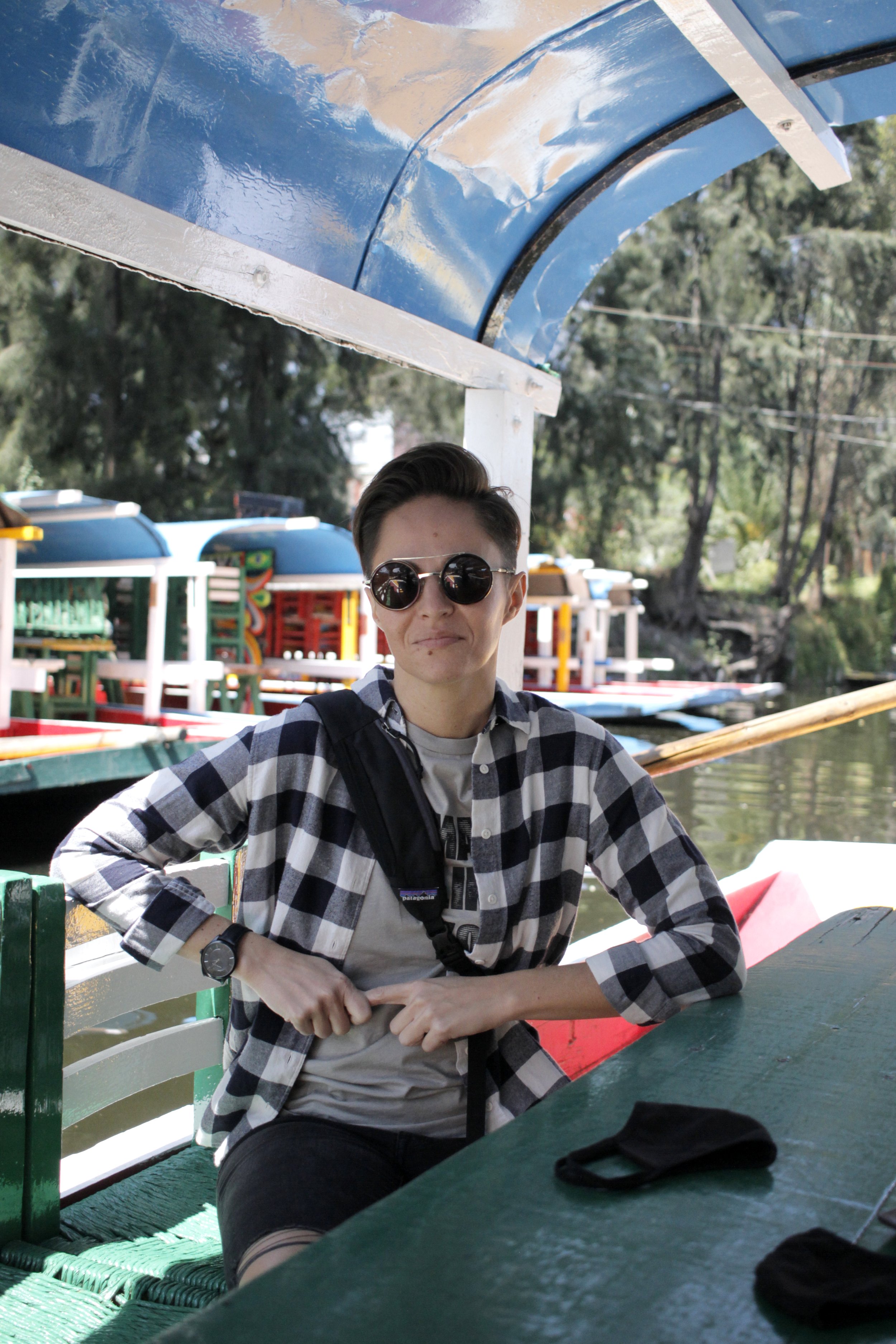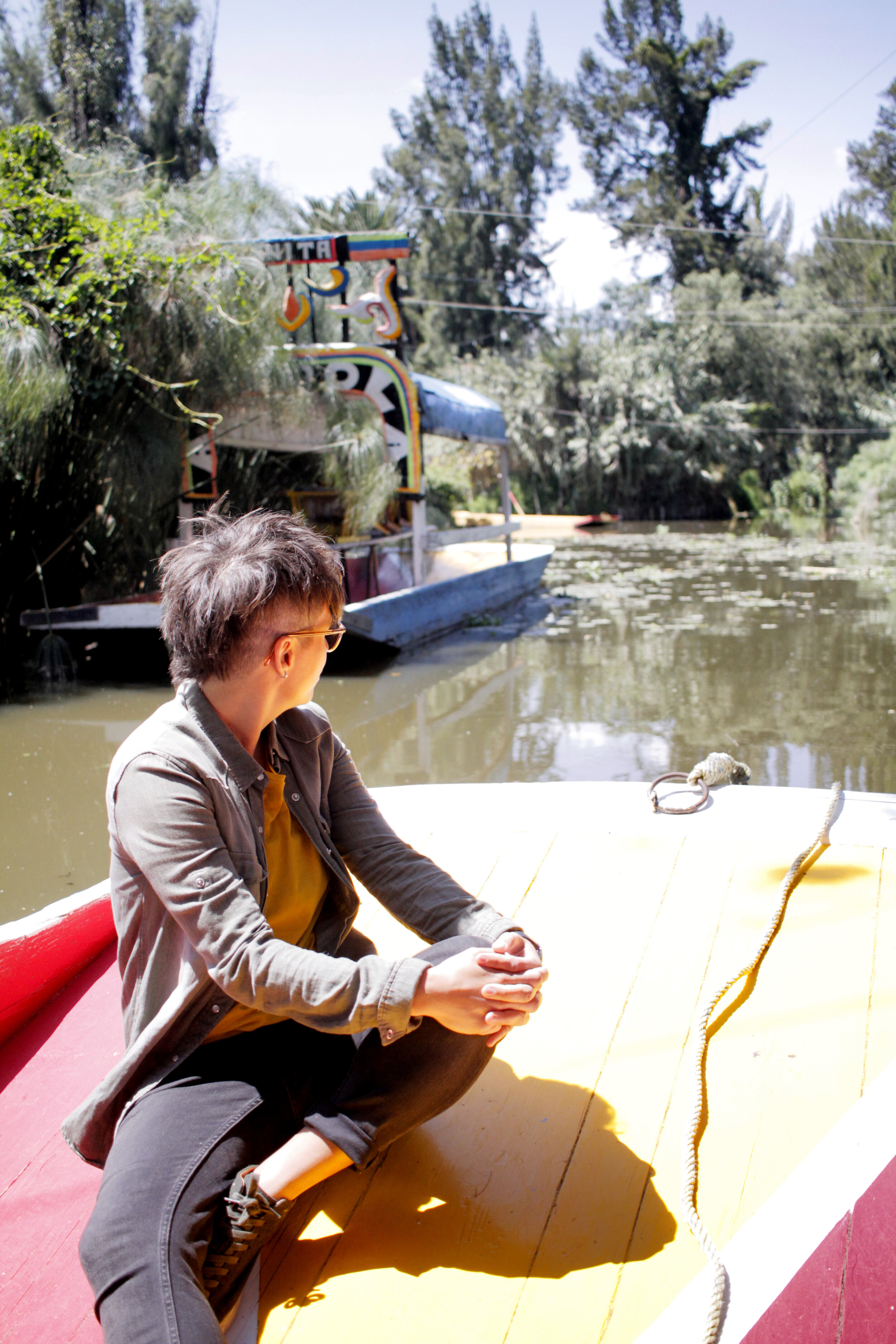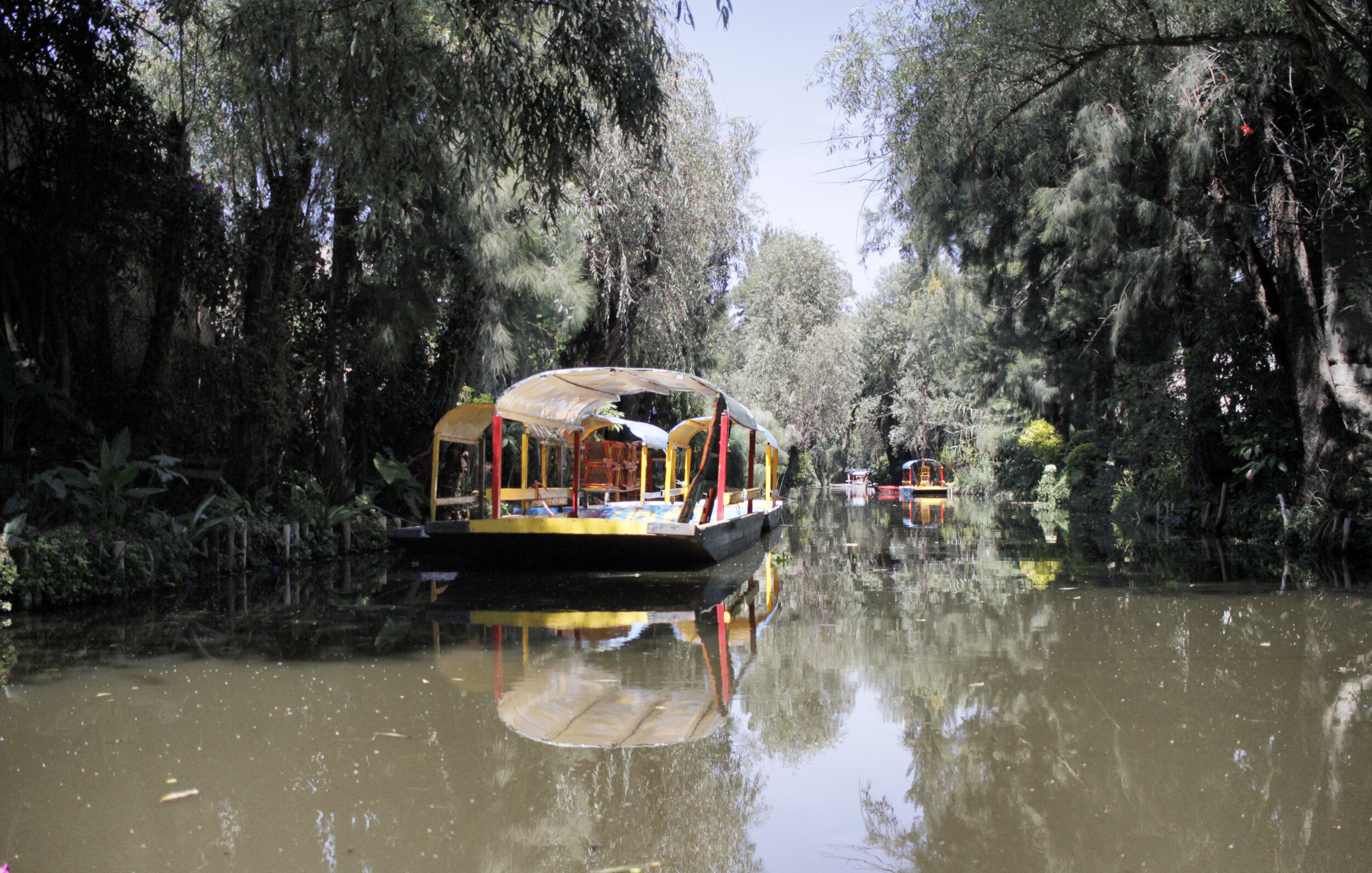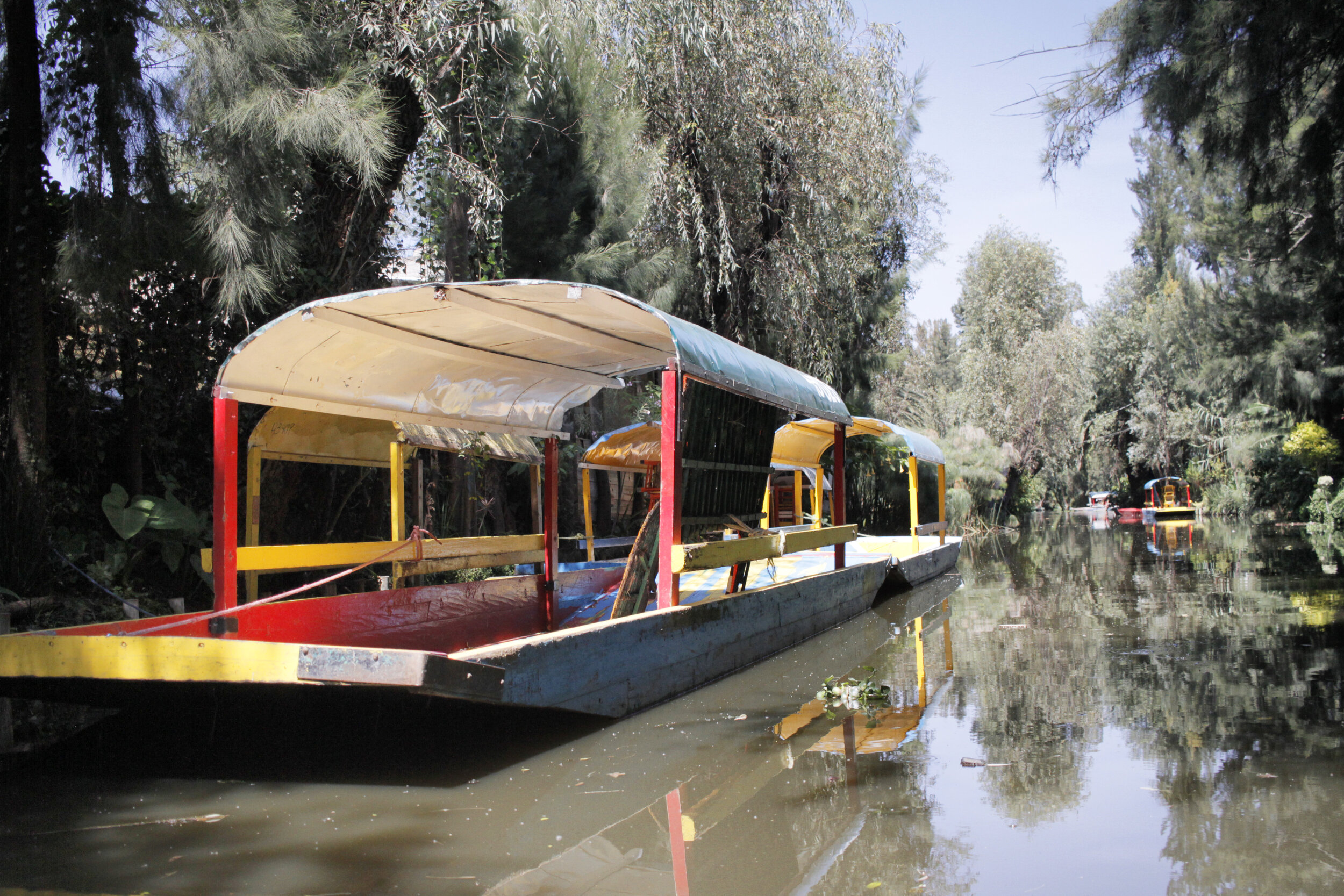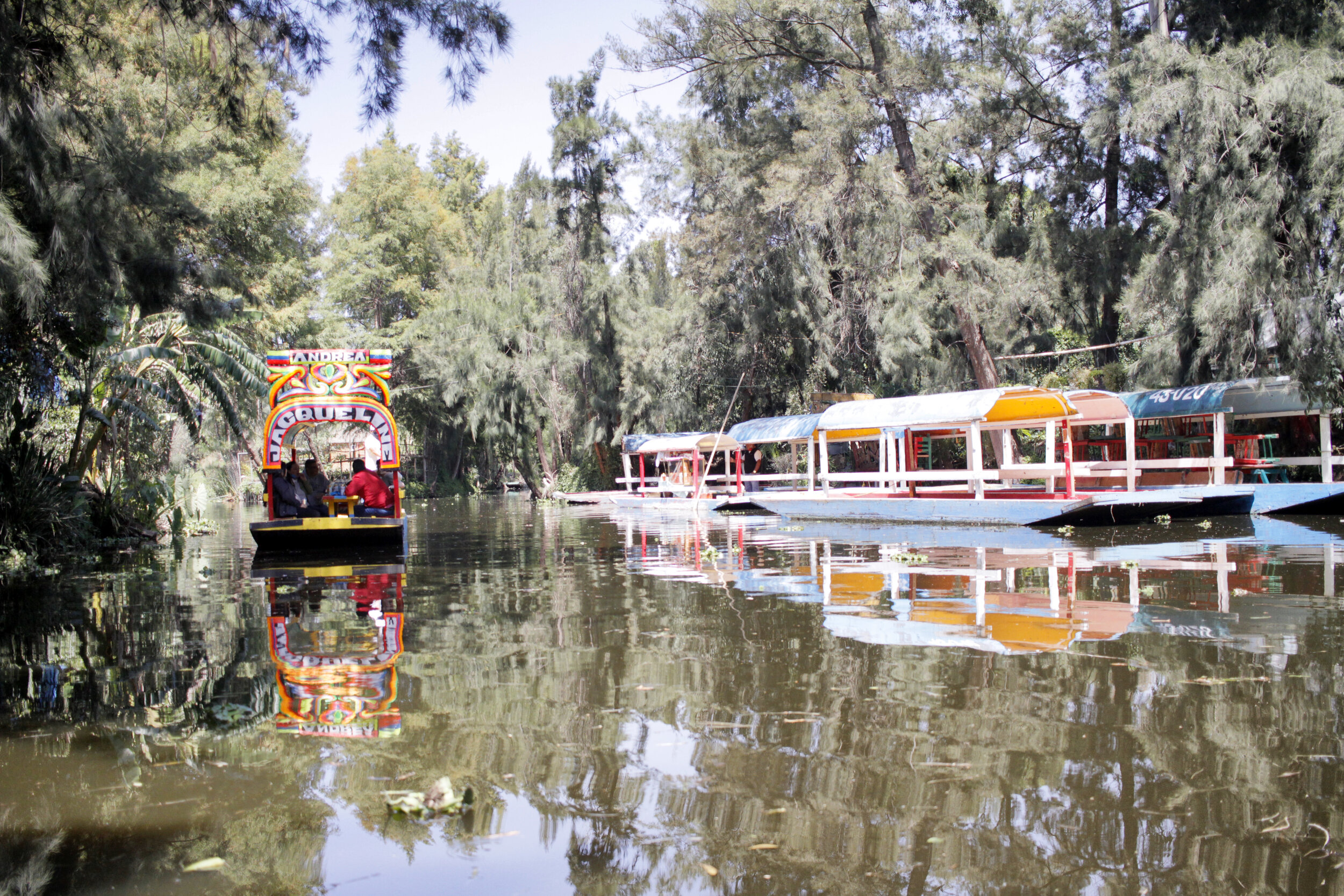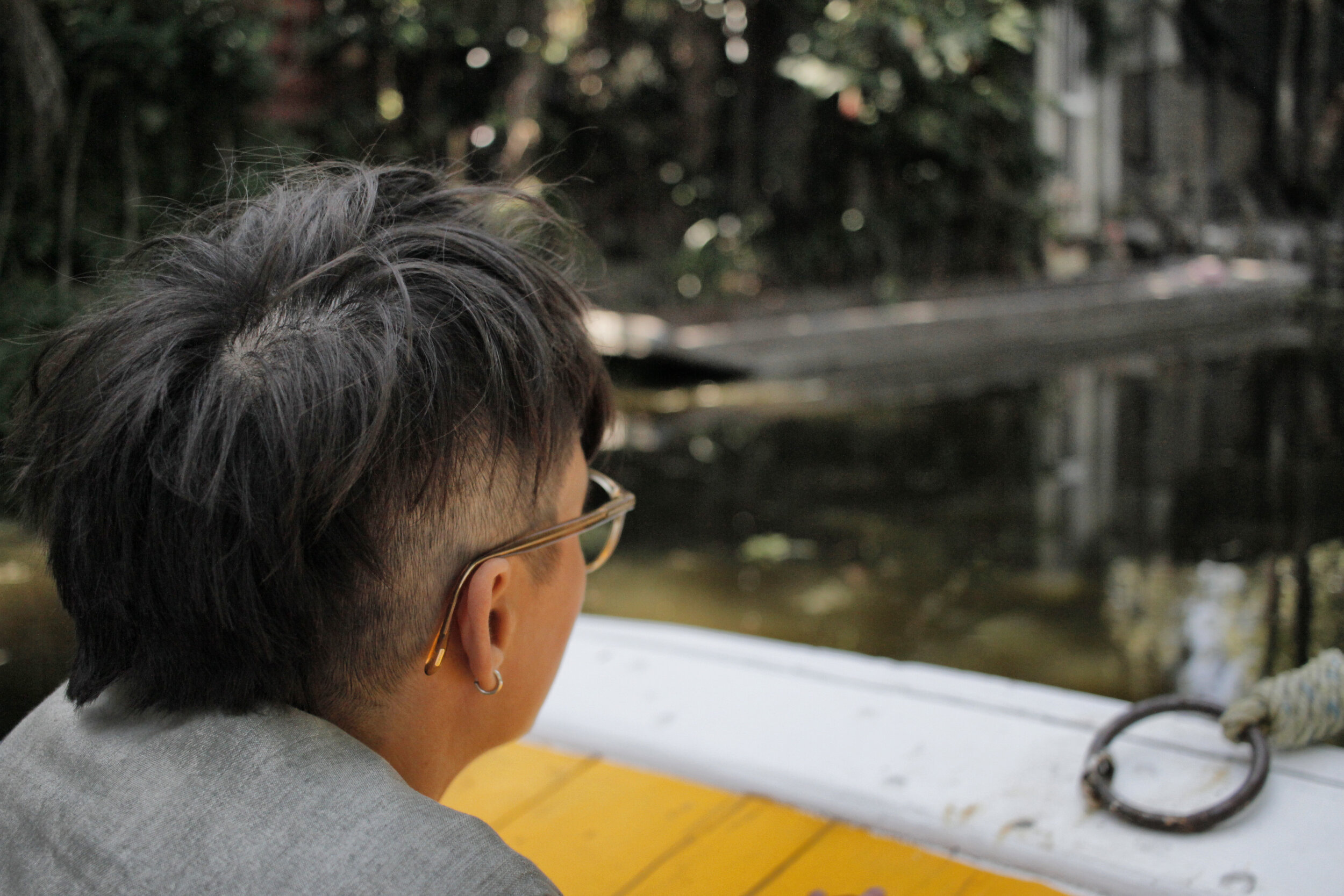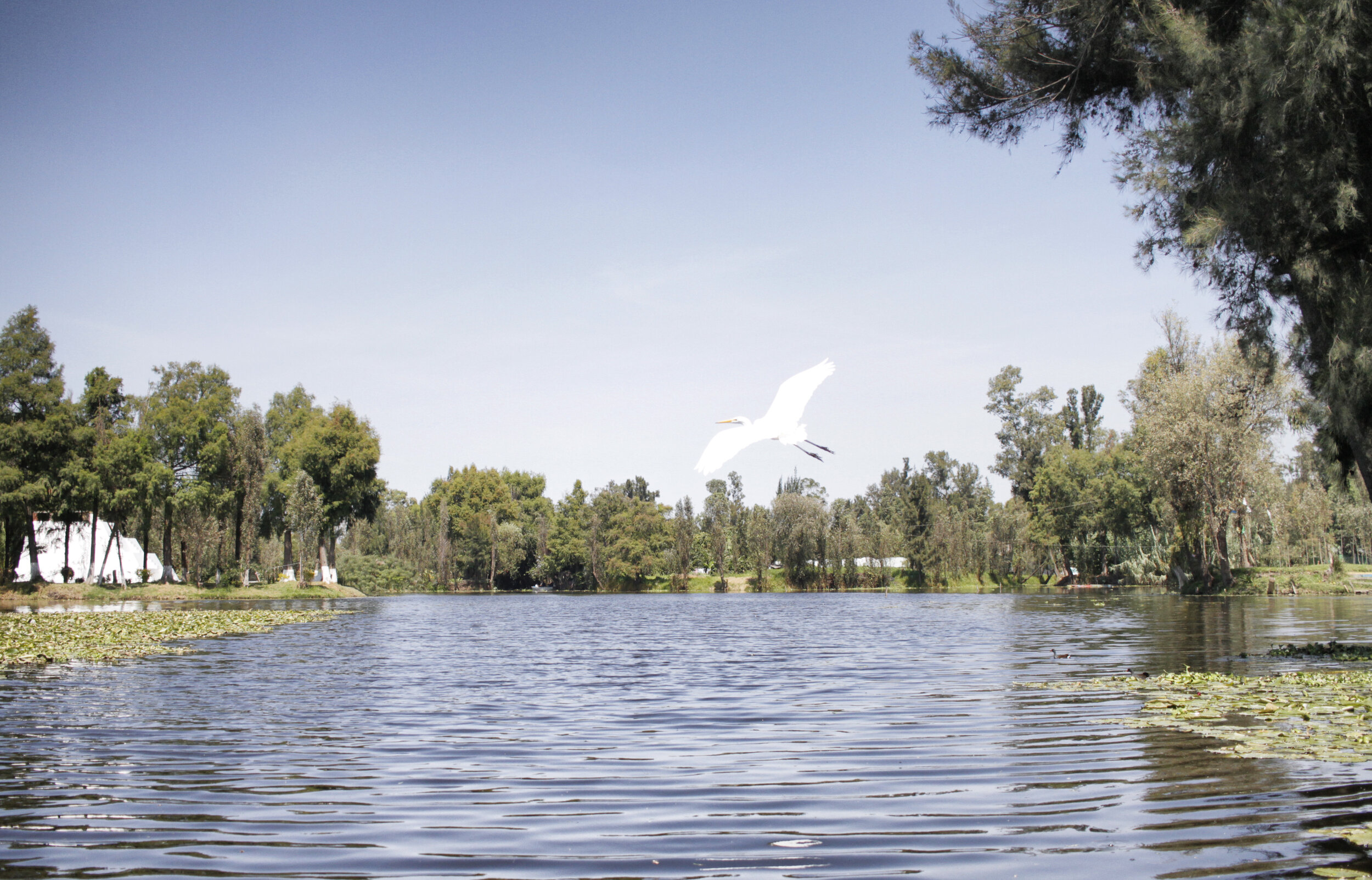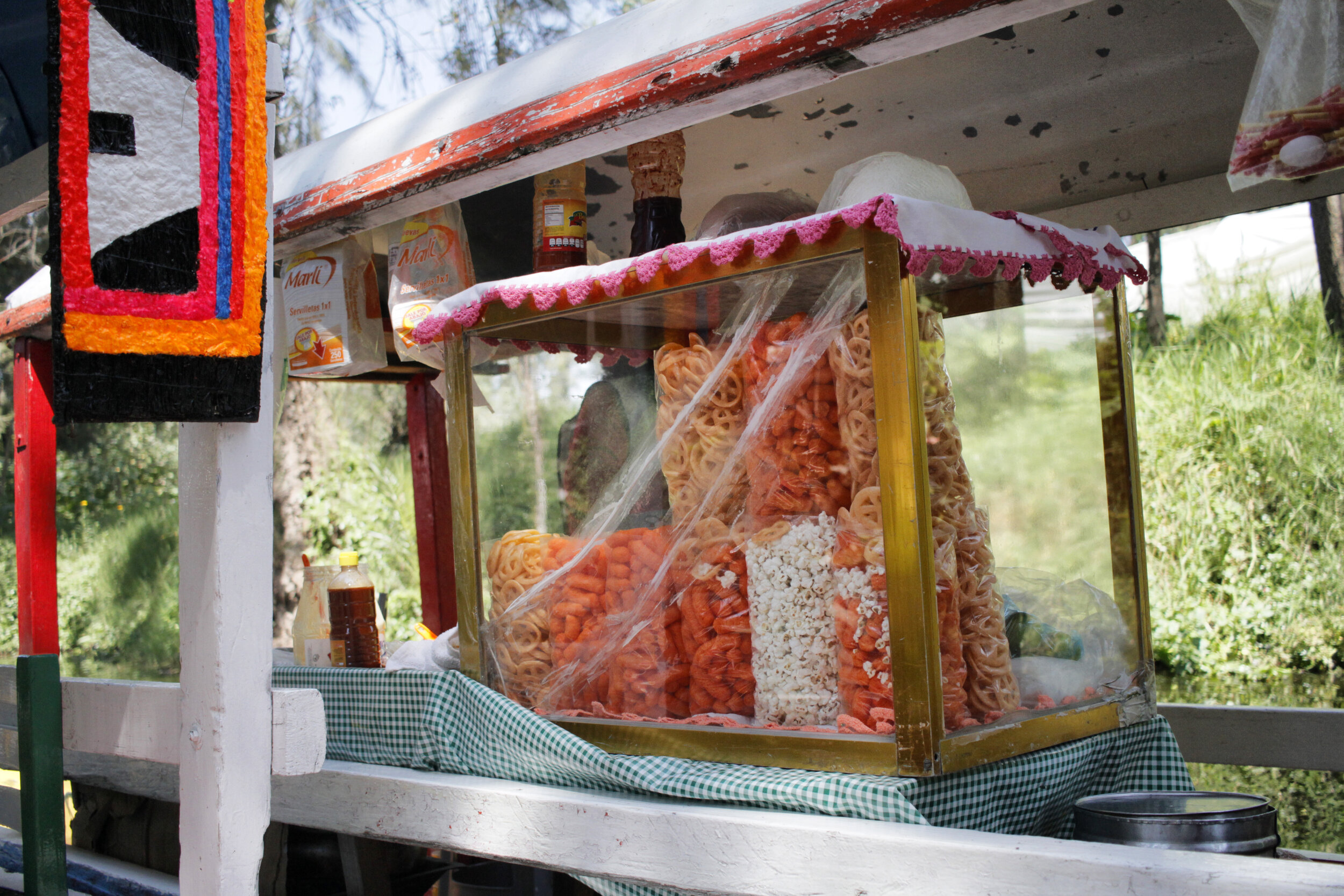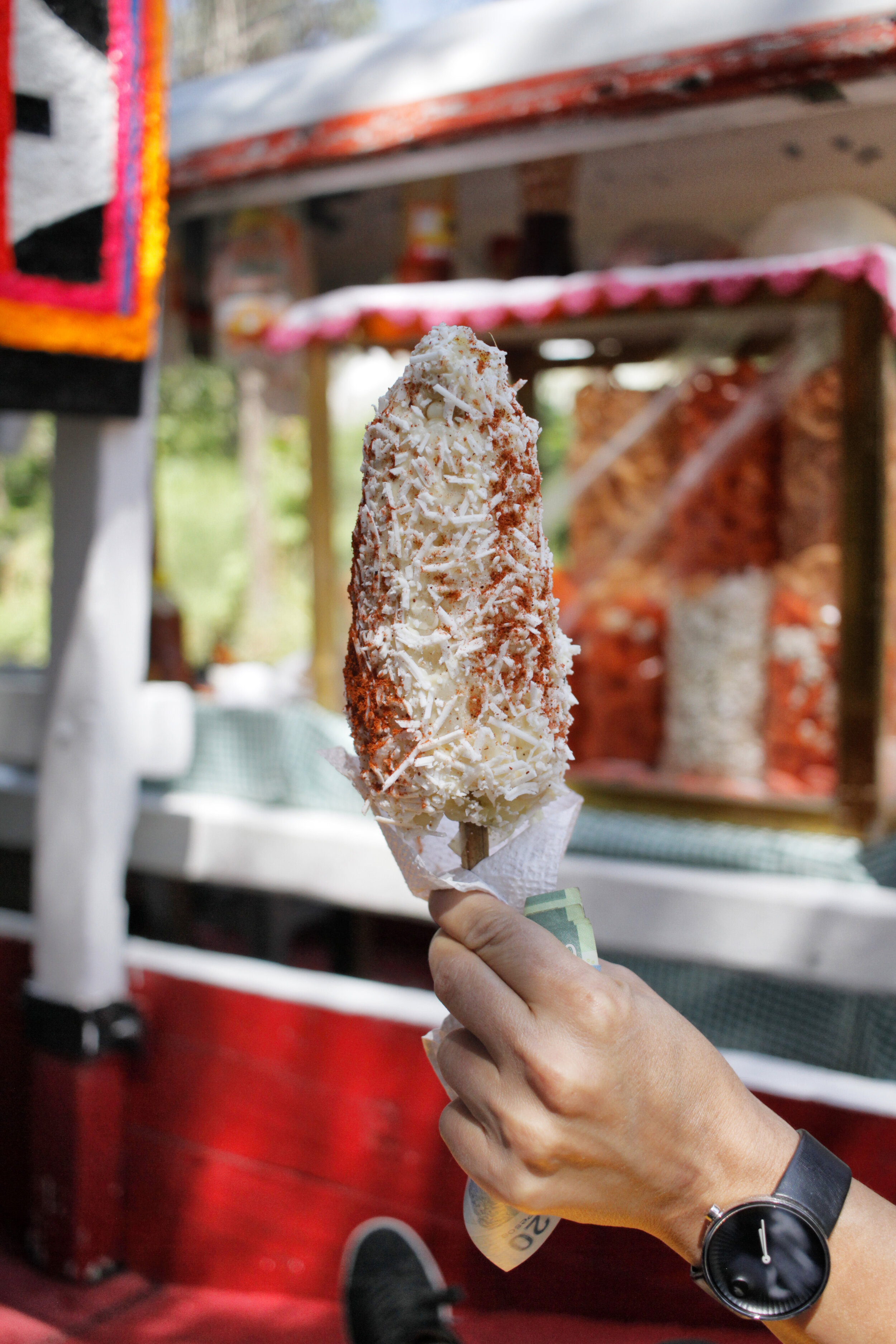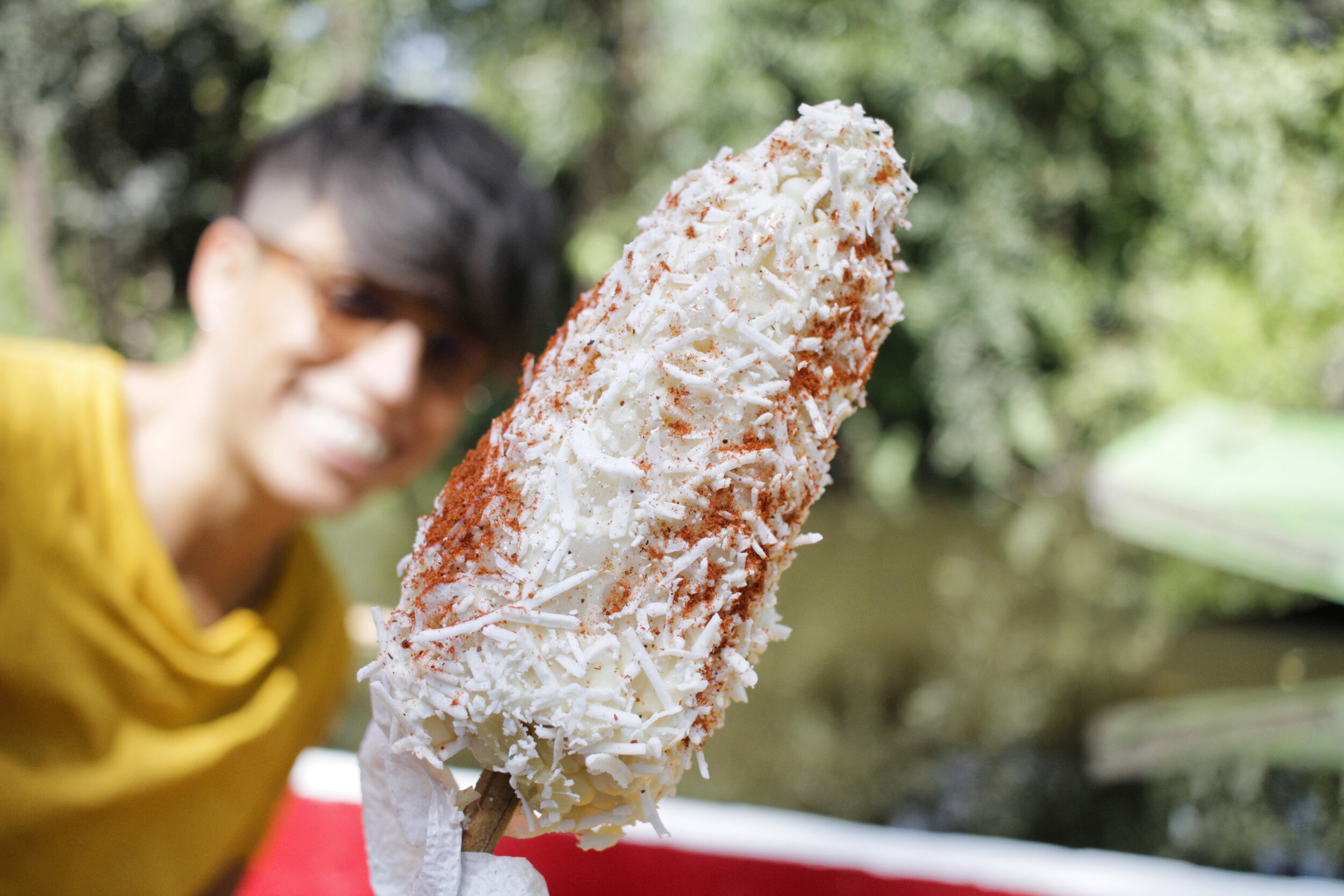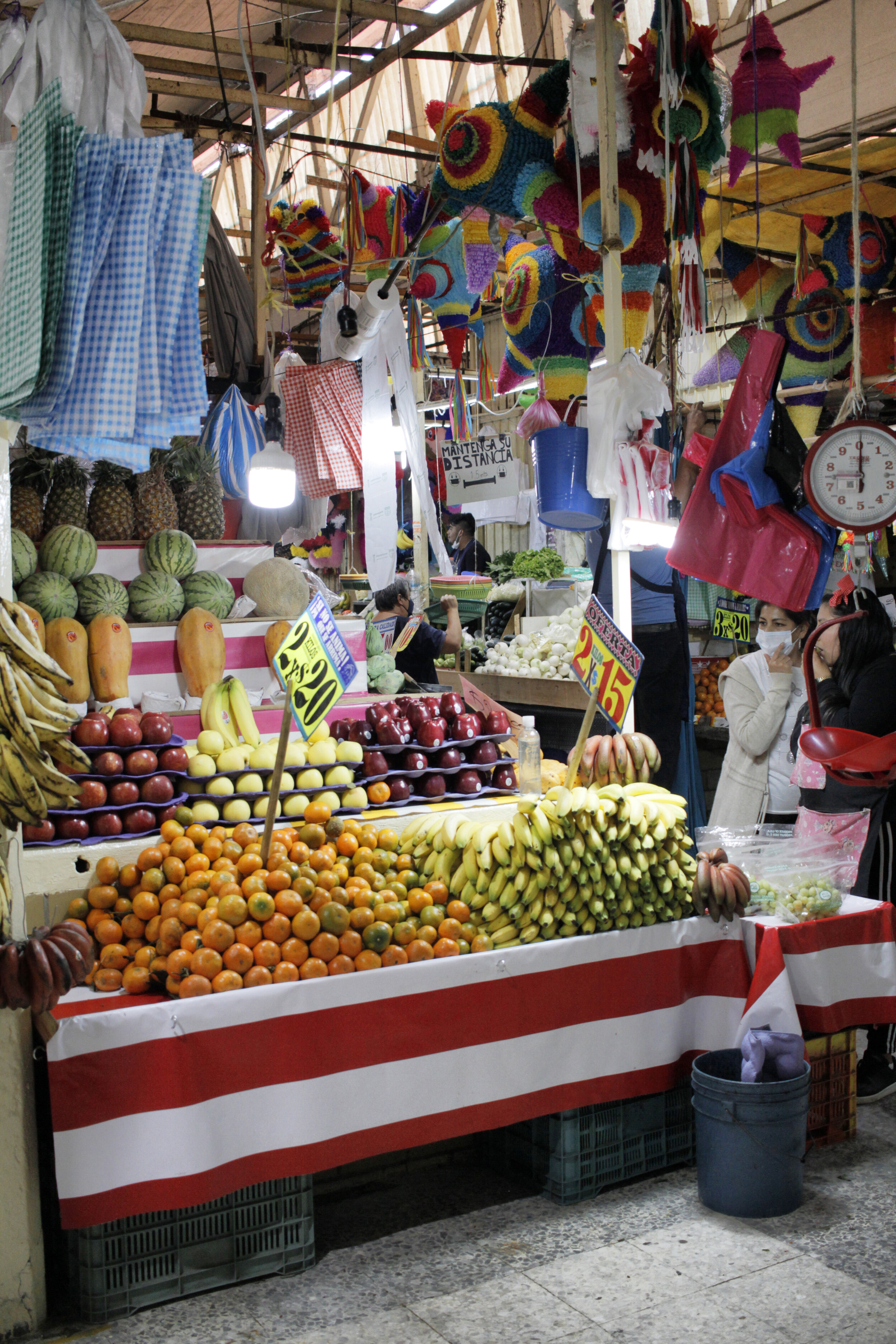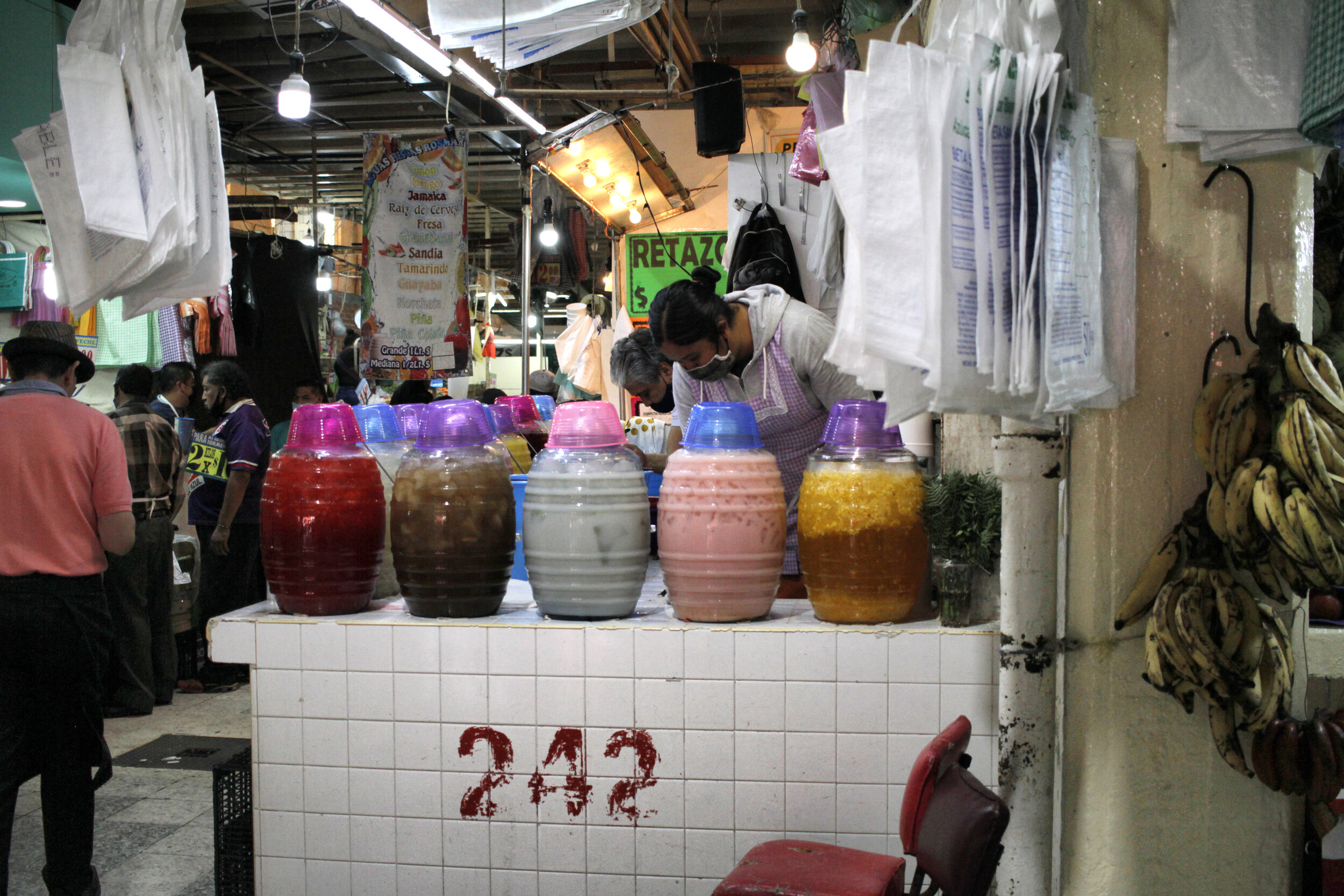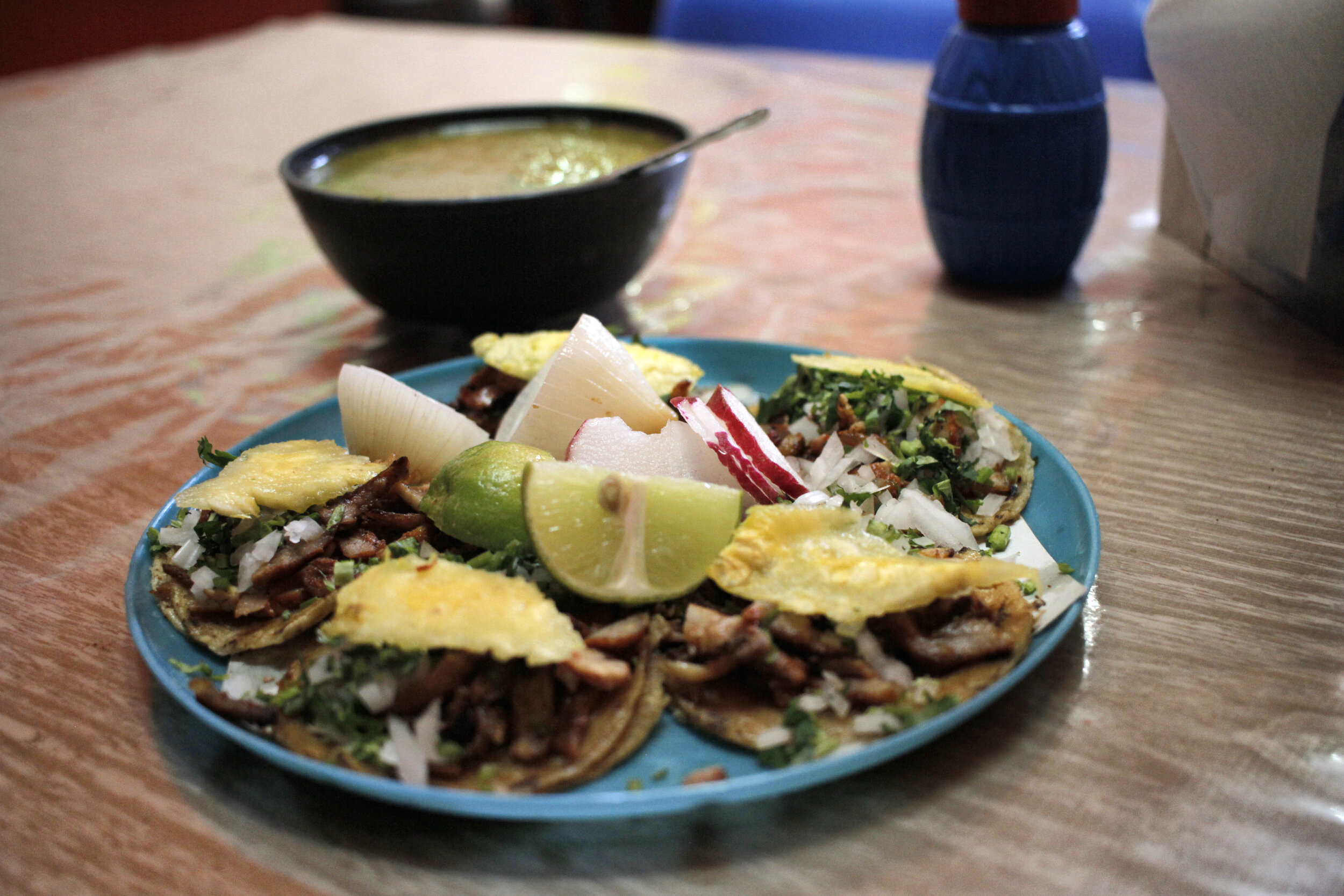Xochimilco, Mexico
Floating Gardens of Xochimilco
White sandy beaches, tacos slathered in spicy sauce and shots of tequila; that’s what most of us think about when we hear Mexico. But Mexico, officially the United Mexican States, offers so much more in the way of diversity. There’s ancient Mayan and Aztec ruins, a vibrant art and design scene and cuisine so rich and flavorful, it’s almost too good to be true. The land is filled with high mountains and deep canyons, sweeping deserts and dense rainforests and with just over 10% of the world’s biodiversity, Mexico is the fourth most biodiverse country in the world. It’s also where chocolate originated, as the Aztecs and Mayans first cultivated cacao thousands of years ago. And interestingly, though Mexico is known for speaking Spanish, there are 68 other recognized languages in the country. All this to say, Mexico is a wildly fascinating country with endless amounts of exciting opportunities.
Mexico City, our home base located just an hour from the borough of Xochimilco, is both the oldest capital city in the Americas and one of two founded by Indigenous people. Originally built on a group of islands in Lake Texcoco by the Aztecs around 1325 with the name Tenochtitlán, the city was nearly destroyed and later rebuilt by the Spanish following their urban standards. In 1524, México Tenochtitlán was established, followed by Ciudad de México (Mexico City) in 1585, as it’s known today. Until its independence from Spain in 1824, Mexico City was considered an important part of the Spanish colonial empire. Xochimilco, a borough centered on the previously independent city of Xochimilco, was established on what was the southern shore of Lake Xochimilco during the precolonial period. Consisting of 18 neighborhoods, the area maintains a separate and distinct identity from Mexico City and is best known for the canals left from what used to be an extensive lake and canal system connecting most of the settlements of the Valley of Mexico.
Flying out of LAX with Aeromexico, our flights to Mexico City were a quick three and a half hours long. Arriving in the Ancient Aztec City of Tenochtitlán, our stay, Hotel Carlota, was just another 25 minutes from the airport and nestled in Zona Rosa, one of the coolest barrios in the city. Known for its proximity to cafes, restaurants, boutiques and its reputation as an LGBTQ-friendly hub, it was a great home base. After spending time in the city, we traveled north to Teotihuacán to float over the ancient Pyramid of the Sun during sunrise and then made our way south to explore the famous Floating Gardens of Xochimilco.
Experience the Floating Gardens of Xochimilco
Only an hour south of Mexico City, a taxi was the best option to reach Xochimilco. Arriving in the late afternoon, we realized pretty quickly there wouldn’t be a wait. Due to the pandemic the canals were nearly a ghost town. Happy we could hop on without any issue, it was a bummer that we didn’t get to experience the buzz and activity that is typically Xochimilco.
A rough, working class neighborhood, the area is best known for its famous canals, the last remnants of a vast water transport system built by the Aztecs. Reaching over 100 miles in length, the canals were initially created alongside chinampas, small rectangular areas of fertile arable land used to grow crops on the shallow lake beds in the Valley of Mexico. Built up on wetlands of a lake or freshwater swap, their proportions ensure the optimal moisture retention. These plots were invented by the pre-Hispanic peoples of the region 1,000 years ago as a way to increase agricultural production.
The canals, along with the artificial islands, attract tourists and locals alike to ride colorful gondola-like boats called trajineras. And both the canal and chinampa system represent fragments of the area’s precolonial past, landing Xochimilco as an important World Heritage Site. On our trip, we were lucky enough to have an entire boat to ourselves with only a single gentleman and his ore to propel us through the canals.
Historically, the system of waterways was the main transportation method, particularly for goods from the pre-Hispanic period until the 20th century. In the pre-Hispanic period, parts of the shallow lake were filled in to create canals. Beginning in the early colonial period, the interconnected lakes, including Lake Xochimilco, were drained and by the 20th century they had shrunk to a system that only connected Xochimilco with the center of Mexico City. Unfortunately, since the pumping of underground aquifers, water tables have dropped, drying many canals. Today, the only canals left are those of Xochimilco, though, they continue to be threatened by dropping water tables and human expansion (filling in of the canals), despite their importance.
Our time floating down the canals of Xochimilco was peaceful and relaxing. Staying inside the boat just out of the suns reach, we kept our eyes open for animal and plant life, along with any other activity. It’s said that food vendors, artisans and even mariachi bands float past, offering goods and services but we were only lucky enough to see a few vendors on this quiet afternoon. Word also has it that the atmosphere is more festive on weekends when locals tend to visit. Another option on the canals is to visit the eerily haunted Island of the Dolls.
As legend has it, in the mid-20th century the island's reclusive former owner, Don Julián Santana Barrera, either came across the body of a young girl floating in the canals or failed to save her from drowning. The next day, Barrera found a doll drifting down the canal. Believing it belonged to the girl, he hung the doll from a tree in her memory and as a charm to ward off evil spirits. It is thought that after the girls death her spirit haunted the island and to soothe her Barrera began scouring the trash and trading produce from his garden for more dolls.
In 2001, Barrera’s nephew arrived to help his uncle. As they were fishing in the canal, Barrera aged 80, sang emotionally, claiming that mermaids in the water were calling for him. After leaving briefly and returning, the nephew found Barrera face down in the canal, in the same location as the girl was said to have drowned.
After his death, Barrera’s family opened the island to the public as a tourist attraction. Since then, there have been reports of dolls moving their heads and arms, and opening their eyes. Visitors have also claimed to have heard the dolls whispering to each other. These days, visitors place offering around the dolls in exchange for blessings, or maintain their clothing as a form of worship. Make sure to request a visit to this island beforehand as some rowers refuse to visit on account of superstition. Sadly, we only learned about this island after our visit but I would have loved a firsthand account.
Without hesitation, once we set our eyes on a vendor, we called him over and chose the obvious, steaming hot Mexican street corn, commonly known as elote.
Typically, char grilled and slathered with butter and mayonnaise, and finished with salty cotija cheese and chili powder spices like ancho powder, guajillo powder, garlic and salt, this treat did not disappoint; option for a squeeze of lime and don’t forget those napkins. It’s messy!
After enjoying our special treat and maybe an hour or so floating along the canals, it was time to hop off and explore the surrounding area.
Meander Through el Mercado de Xochimilco
Without much direction, after jumping off the floating market boats we began to wander the nearby neighborhoods, bumping into a huge open air market called el Mercado de Xochimilco. Inside, it was gritty and maze-like, offering all kinds of fruits, veggies and meats, prepared dishes and fresh tortillas.
Fresh squeezed juices and unknown mixtures filled large plastic jugs. Interested in trying many of the items, I passed on account of my hesitance for an upset tummy.
Just outside the market, we found a tiny taco shop serving up al pastor on a trompo (literally meaning, spinning top). The method of preparing and cooking al pastor originated from that based on lamb shawarma brought by Lebanese immigrants to the region.
Al pastor uses a traditional Mexican marinade called adobada, typically consisting of dried chilies, spices, pineapple and achiote paste. Slices of pork are stacked high and turn on a vertical rotisserie, then shaved off once cooked to perfection.
My tiny tacos were served on freshly made corn tortillas with toppings of lime, cilantro, onion, salsa and radish. Once my tacos were devoured, we grabbed a taxi back to Mexico City for more food and fun.


